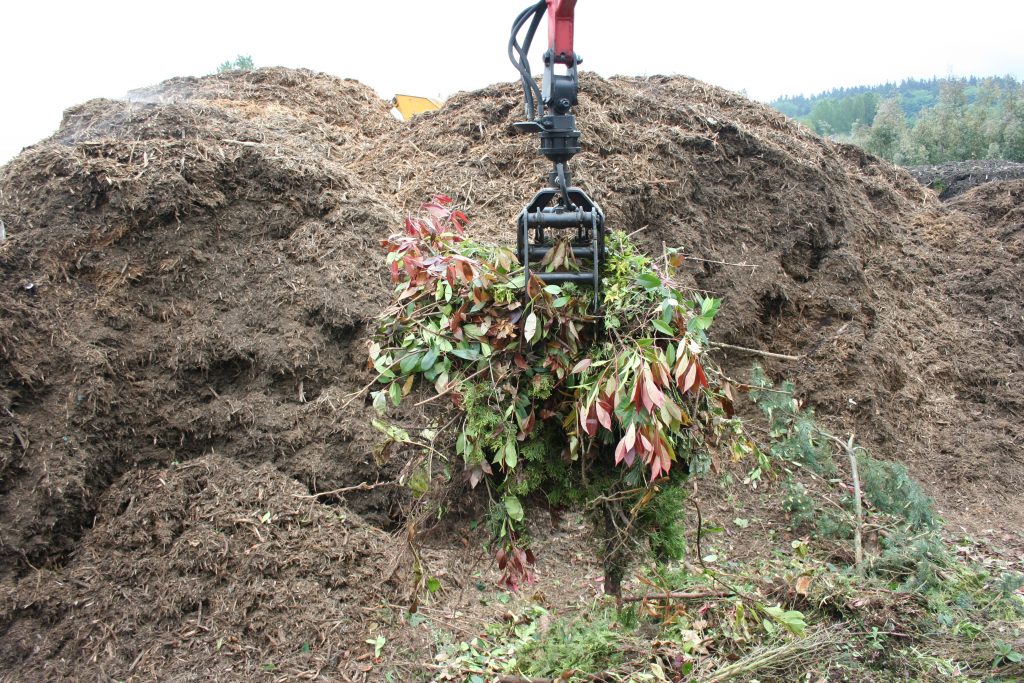Abstract
Woody biomass from forestland, urban greenbelts, and residential areas has the potential to provide more than 150 million tons per year of cellulosic feedstocks for biorefineries, pellet fuels, and fermentation. Production sites range from urban lots to large wildland forest tracts. Destinations range from small urban boutiques to large remote industrial complexes. The systems, logistics and equipment will need to be matched to the context of each combination of source and destination. This paper offers a discussion and postulates an operational context for planning equipment, business models, and logistics systems that may represent the likely evolution of the woody biomass feedstock industry. The context includes thousands of very small producers and users, and a continuum toward a few very large industrial complexes. Forest engineers are the logical engineering professionals to expanding their practices to include urban sources and new woody biomass uses. A premise is that forest engineers are well equipped to address issues of materials collection, handling, preprocessing into commercially valuable feedstocks, and transportation systems to move large volumes of woody biomass to market.
About the Publication
Dooley, J.H. 2008. Interfacing forest engineering with bioenergy production. ASABE Paper No. 080040. ASABE. St. Joseph, MI. 15 pp.
Read the full article in PDF format:

